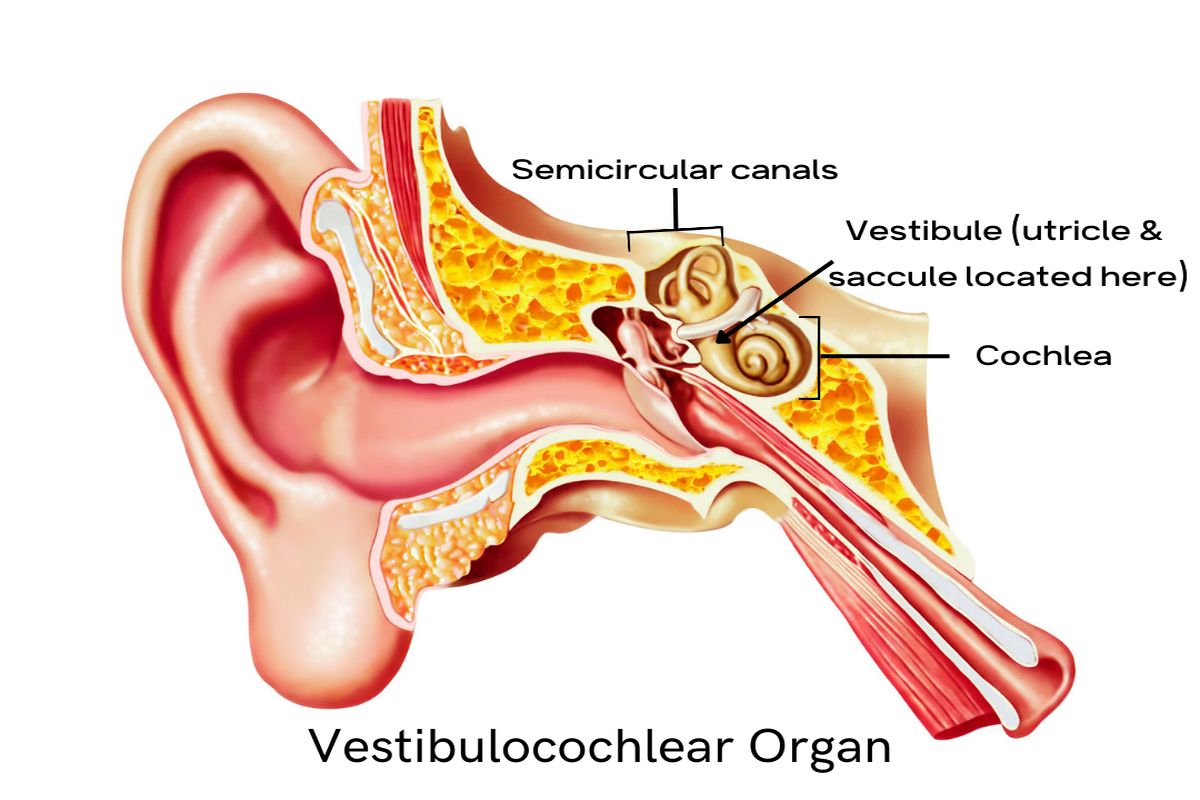
Post-Maturity Syndrome affects babies born after 42 weeks of pregnancy. These babies often face unique challenges. Common signs include dry, peeling skin, long nails, and a thin body. Why does this happen? The placenta, which nourishes the baby, may not work as well after 42 weeks. This can lead to less oxygen and nutrients for the baby. Risks include low blood sugar, breathing problems, and even stillbirth. Doctors monitor overdue pregnancies closely to manage these risks. Understanding post-maturity syndrome helps parents and caregivers prepare for potential complications. Knowledge is key to ensuring the best care for these late arrivals.
Key Takeaways:
- Post-maturity syndrome can cause complications for both the baby and the mother, including respiratory issues, prolonged labor, and low blood sugar in babies. It's important to monitor and manage this condition closely.
- Factors such as genetics, maternal age, and obesity can contribute to post-maturity syndrome. Close monitoring, induction of labor, and cesarean delivery are common approaches to manage the risks associated with this condition.
What is Post-Maturity Syndrome?
Post-maturity syndrome occurs when a baby is born after 42 weeks of gestation. This condition can lead to various complications for both the mother and the baby. Here are some intriguing facts about post-maturity syndrome.
- 01
Extended Pregnancy: Babies born after 42 weeks are considered post-term. This extended period can lead to complications.
- 02
Placental Aging: The placenta may not function as well after 42 weeks, leading to reduced oxygen and nutrient supply.
- 03
Dry, Peeling Skin: Post-term babies often have dry, peeling skin due to prolonged exposure to amniotic fluid.
- 04
Overgrown Nails: These babies may have unusually long fingernails and toenails.
- 05
Meconium Aspiration: There's a higher risk of the baby inhaling meconium, which can cause breathing problems.
- 06
Low Blood Sugar: Post-term babies are more likely to experience hypoglycemia, or low blood sugar levels.
Causes of Post-Maturity Syndrome
Understanding the causes can help in managing and preventing post-maturity syndrome. Here are some key factors that contribute to this condition.
- 07
First-Time Mothers: Women having their first baby are more likely to experience post-term pregnancies.
- 08
Previous Post-Term Pregnancy: If a woman has had a post-term baby before, she's more likely to have another.
- 09
Genetics: Family history can play a role in post-term pregnancies.
- 10
Obesity: Overweight women have a higher risk of post-term pregnancies.
- 11
Older Maternal Age: Women over 35 are more likely to have post-term pregnancies.
Complications for the Baby
Post-maturity syndrome can lead to several complications for the baby. Here are some of the most common issues.
- 12
Birth Injuries: Larger babies are more prone to birth injuries during delivery.
- 13
Low Amniotic Fluid: Reduced amniotic fluid can lead to umbilical cord compression.
- 14
Stillbirth: The risk of stillbirth increases after 42 weeks.
- 15
Respiratory Issues: Meconium aspiration can cause severe respiratory problems.
- 16
Neurological Issues: Prolonged labor can lead to brain injuries.
Complications for the Mother
Mothers can also face complications due to post-maturity syndrome. Here are some potential issues.
- 17
Prolonged Labor: Labor can be longer and more difficult.
- 18
Cesarean Delivery: The likelihood of needing a C-section increases.
- 19
Infection: There's a higher risk of infection for both mother and baby.
- 20
Postpartum Hemorrhage: The risk of excessive bleeding after delivery is higher.
Diagnosis and Monitoring
Proper diagnosis and monitoring are crucial for managing post-maturity syndrome. Here are some methods used by healthcare providers.
- 21
Ultrasound: Ultrasound can help determine the baby's size and amniotic fluid levels.
- 22
Non-Stress Test: This test monitors the baby's heart rate and movements.
- 23
Biophysical Profile: Combines ultrasound and non-stress test to assess the baby's well-being.
- 24
Amniotic Fluid Index: Measures the amount of amniotic fluid to check for oligohydramnios.
Treatment and Management
Effective treatment and management can mitigate the risks associated with post-maturity syndrome. Here are some common approaches.
- 25
Induction of Labor: Labor may be induced to prevent complications.
- 26
Close Monitoring: Frequent check-ups to monitor the baby's health.
- 27
Cesarean Delivery: A C-section may be recommended if complications arise.
- 28
Postnatal Care: Special care for the baby after birth to address any immediate health issues.
Final Thoughts on Post-Maturity Syndrome
Post-Maturity Syndrome can be a challenging condition for both babies and parents. Understanding the signs and symptoms helps in early detection and treatment. Babies born after 42 weeks might face issues like dry skin, long nails, and decreased amniotic fluid. Regular check-ups and monitoring are crucial for managing the condition. Healthcare providers play a vital role in ensuring the well-being of both mother and child. If you suspect your baby might be affected, consult your doctor immediately. Early intervention can make a significant difference. Stay informed and proactive about your baby's health. Knowledge is power when it comes to dealing with post-maturity syndrome. Keep these facts in mind, and you'll be better prepared to handle any challenges that come your way.
Frequently Asked Questions
Was this page helpful?
Our commitment to delivering trustworthy and engaging content is at the heart of what we do. Each fact on our site is contributed by real users like you, bringing a wealth of diverse insights and information. To ensure the highest standards of accuracy and reliability, our dedicated editors meticulously review each submission. This process guarantees that the facts we share are not only fascinating but also credible. Trust in our commitment to quality and authenticity as you explore and learn with us.


